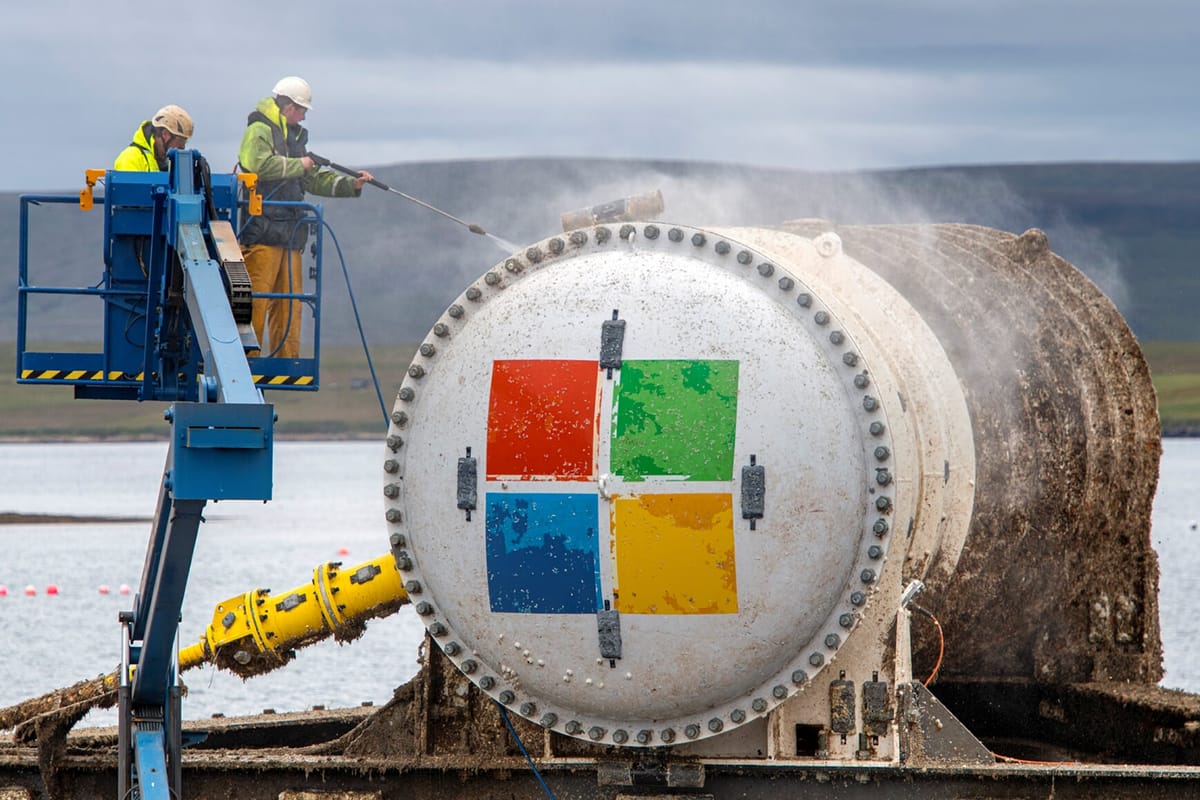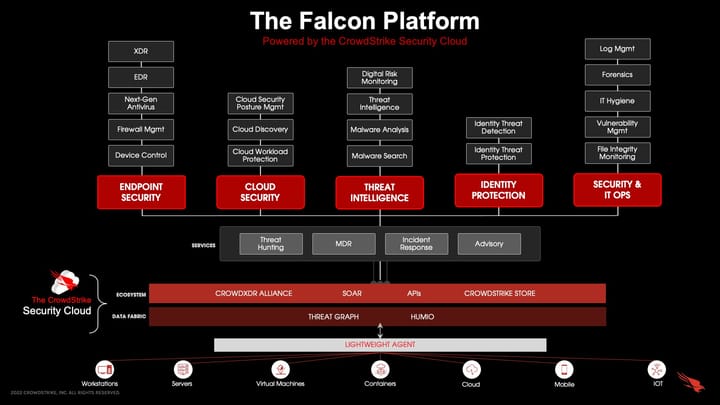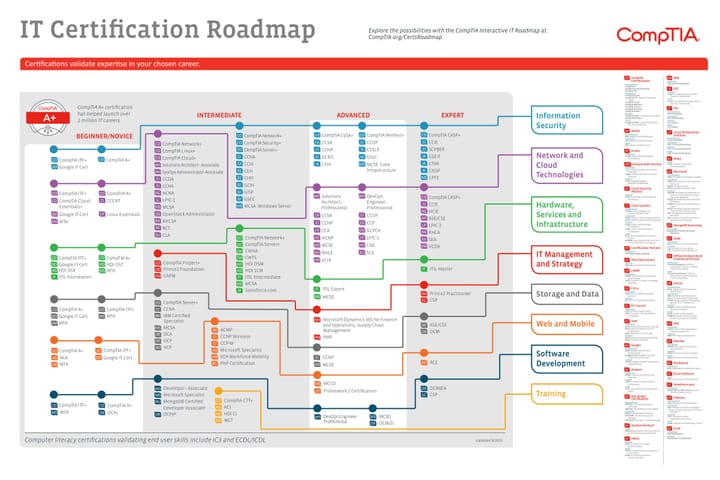Is Your Data in the Cloud or in the Ocean? Taking a Look at Microsoft's Underwater Data Centres

In the ever-evolving landscape of technology, the ways in which we store and manage data are constantly pushing the boundaries of innovation. One such groundbreaking approach comes from tech giant Microsoft, which has taken a plunge – quite literally – into the depths of the ocean to build underwater data centres. In this blog post, we'll explore the concept of underwater data centres and delve into Microsoft's pioneering efforts in this intriguing field.
The Cloud: From Skies to Seas:
Traditionally, when we think of data storage, the cloud is the first concept that comes to mind. Cloud computing has revolutionised the way businesses and individuals manage their data, offering flexibility, scalability, and accessibility. However, Microsoft has taken this notion a step further by exploring the possibilities of underwater data centres.
Submerging Servers: Microsoft's Project Natick:
Microsoft's venture into underwater data centres is known as Project Natick. The project aims to explore the feasibility of submerging data centres beneath the ocean's surface to leverage the natural cooling properties of the water, as well as to address space constraints on land. The first prototype was launched in 2015, and subsequent iterations have followed, showcasing the company's commitment to environmentally sustainable data management solutions.
Advantages of Underwater Data Centres:
- Cooling Efficiency: One of the primary challenges in traditional data centres is managing heat generated by servers. Underwater data centres benefit from the natural cooling effect of the ocean, reducing the need for energy-intensive cooling systems.
- Renewable Energy Integration: Placing data centres in oceans opens up the possibility of integrating them with renewable energy sources such as tidal and wave energy, further reducing their environmental impact.
- Space Optimisation: With land being a finite resource, underwater data centres provide a solution to space constraints, enabling the deployment of data centres in locations closer to coastal communities.
- Reduced Land Footprint: By submerging data centres, Microsoft aims to decrease the environmental footprint associated with traditional data centres, making strides towards more sustainable computing.
Environmental Considerations:
While the concept of underwater data centres presents exciting possibilities, it is essential to consider potential environmental impacts. Critics argue that deploying such structures in the ocean could disrupt marine ecosystems. Microsoft, however, claims that the environmental impact of underwater data centres is minimal and is actively monitoring and researching the ecological effects.
The Future of Data Management
As technology continues to evolve, the ways in which we manage and store data will also undergo transformations. Microsoft's Project Natick exemplifies the industry's commitment to finding innovative and sustainable solutions for the growing demands of data storage. While underwater data centres may not replace traditional cloud infrastructure entirely, they represent a promising avenue for more eco-friendly and efficient data management.
In conclusion, the question "Is your data in the cloud or in the ocean?" may become more relevant than ever as we witness the emergence of unconventional yet compelling solutions like Microsoft's underwater data centres. As we navigate the future of data management, the balance between technological progress and environmental stewardship will play a pivotal role in shaping the landscape of the digital world.



Comments ()